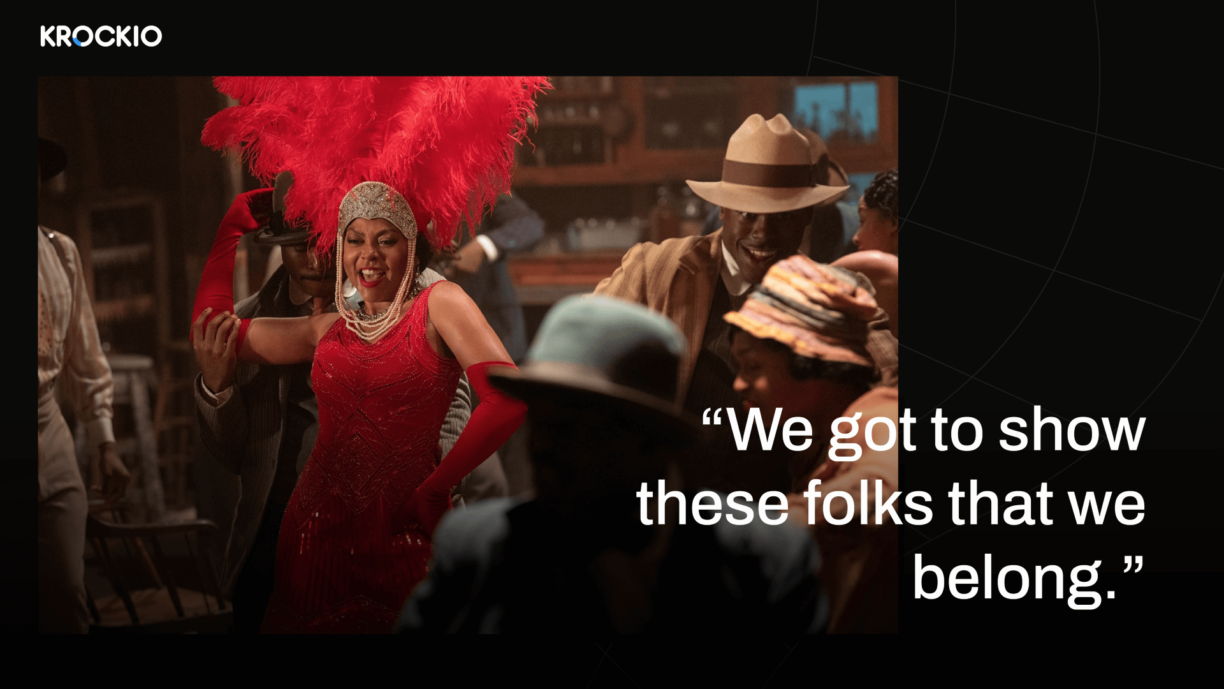In the realm of cinematic masterpieces, few films can match the emotional depth and raw power of Steven Spielberg’s 1985 adaptation of Alice Walker’s Pulitzer Prize-winning novel, “The Color Purple.” Behind the scenes, editor Jon Poll played a pivotal role in shaping the narrative, creating a tapestry of emotions that resonates with audiences to this day.
Crafting Emotional Landscapes:
At the heart of “The Color Purple” lies a story of resilience, love, and the enduring strength of the human spirit. Jon Poll, the skilled editor behind the film, expertly weaves together the tapestry of Celie’s life – a young African-American woman navigating the challenges of racism, sexism, and abuse in early 20th-century America.
Poll skillfully balances moments of heart-wrenching sorrow with triumphant joy, creating a dynamic and engaging viewing experience. Poll’s editing choices serve as a silent conductor, guiding the audience through a symphony of emotions.
Visual Brilliance:
One cannot discuss the impact of “The Color Purple” without acknowledging the visual prowess that enhances its storytelling. Spielberg’s collaboration with cinematographer Allen Daviau brings Walker’s words to life with stunning visuals that capture the essence of the Southern landscape and the characters’ inner turmoil.
The link between visuals and emotion is palpable in every frame. From the vibrant hues of the titular color to the evocative portrayal of rural life, the film’s cinematography serves as a visual companion to Poll’s editorial mastery. These visuals not only enrich the narrative but also contribute to the overall immersive experience of “The Color Purple.”
A Musical Score of Emotions:
Adding another layer to the film’s emotional resonance is the soul-stirring musical score by Quincy Jones. The music becomes an integral part of the storytelling, underscoring the characters’ struggles and triumphs. Poll’s editing harmonizes seamlessly with the musical accompaniment, creating a symphony of emotions that lingers long after the credits roll.
Legacy and Impact:
More than three decades since its release, “The Color Purple” continues to be a powerful testament to the enduring nature of storytelling. The film’s impact on audiences and its contribution to cinematic history cannot be overstated. It serves as a timeless reminder of the importance of resilience, the strength of sisterhood, and the pursuit of one’s own identity.
Conclusion
“The Color Purple” remains a cinematic masterpiece that transcends time, thanks in no small part to the collaborative brilliance of Steven Spielberg, Jon Poll, and the entire creative team.
As we revisit this classic, let us appreciate the artistry that went into crafting a film that not only tells a story but also leaves an indelible mark on the hearts of those who experience it.








